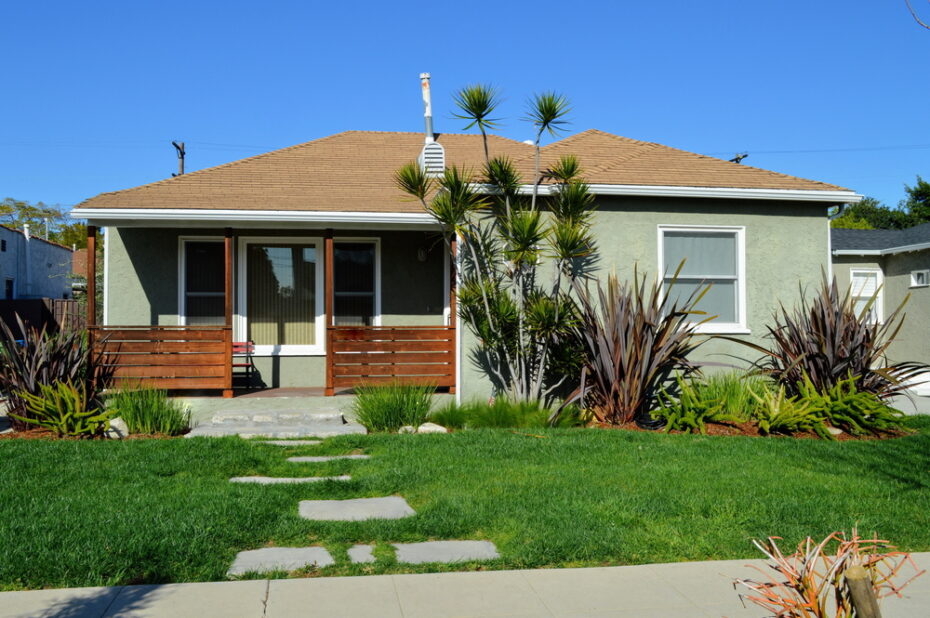California Dreaming? Study Finds That Young Adults Can’t Afford To Buy Homes In California

The dream of owning a home in sunny California is slipping through the fingers of many. In 2021, only 43.5% of Californians aged 25-75 owned their homes, a steep drop from 49.8% in 2000, according to a May 2023 research paper by the Terner Center For Housing Innovation at UC Berkley.
Alarmingly, for those aged 35-45 – traditionally prime homeownership years – the decline was almost 10 percentage points over two decades.
Compared to the rest of the United States, homeownership in California is becoming increasingly elusive. The state lags over 15 percentage points behind the national homeownership rate – the largest gap ever, according to the report.
While shifting lifestyle trends do contribute, the main culprit is the escalating cost of housing in California. In fact, financial constraints account for over half (55.6%) of the state’s homeownership gap.
According to data from the National Association Of Realtors and Lending Tree, the average monthly mortgage payment in California is currently $3,399 – over $1,082 above the average national average. The average monthly household income in California for that mortgage payment is $10,079 – with a mortgage taking a 33.72% share of a household’s income.
The state is trying to fight the housing shortage with unique initiatives. For example, Governor Gavin Newsom announced in early July more than $159.9 million in awards to keep an additional 638 homes affordable for up to 55 more years. Last September, Governor Newsom signed two bills that pave the way for building affordable units more rapidly.
According to state authorities, California needs to build approximately 310,000 new homes annually for the coming eight years, based on current population projections. This figure is more than twice the usual yearly housing production rate in the state, which is home to 39 million residents.
The state legislator is also considering a tax on short-term rentals like Airbnb and VRBO to raise an estimated $150 million in revenue a year that will go to affordable housing.
Despite the existence of several first-time buyer aid programs in California, such as the local City of Los Angeles Low-income Purchase Assistance program or the state-wide ‘California Dream for All‘ initiative—which provides initial home buyers with funds for purchasing properties while enabling the state government to benefit from future home value appreciation—the housing predicament in the Golden State might not be readily resolved by these measures alone.
In May, The Terner Center study co-author Issi Romem told LAist that the main thing the state needs to do right now is build. “Point number one is: Build more at all price levels,” he said. “That’s the single big thing we need to do.”
If California’s housing prices had risen in line with national averages since 2000, the state could have seen nearly half (48%) of this troubling decline averted. So, for many in California, homeownership is transforming from a reachable dream into a luxury.